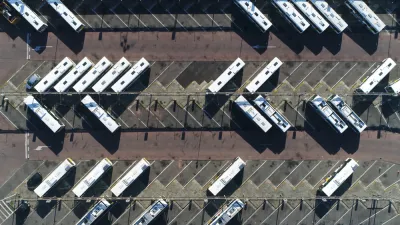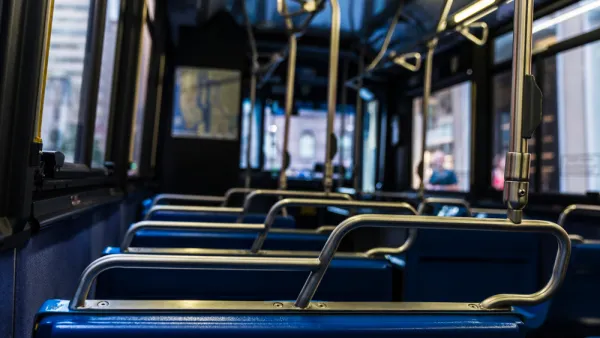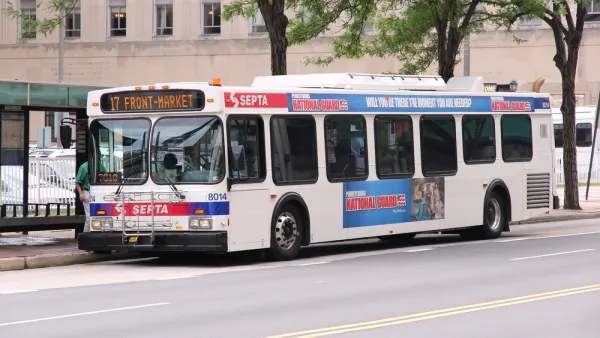Transit providers around the country are scrambling to find new sources of revenue to replace lagging ridership and reorienting their systems to a future less dependent on daily commuters.

According to an S&P Global Ratings report, which this month downgraded the public transit sector from stable to negative, “Some public transit operators face an operating fund fiscal cliff — especially if they are unable to identify new revenue sources or right-size operations reflecting lower expected ridership levels — once the federal assistance aid now compensating for diminished passenger fare revenues is depleted.” Dan Zukowski highlights the crisis in Smart Cities Dive, as major systems across the country struggle to find sources of funding as ridership remains low, particularly in cities with high rates of remote work. Meanwhile, other issues plague transit systems:
“Labor shortages are reflected in the signing bonuses they offer bus operators. Many agencies are looking toward major investments to electrify their bus fleets. And new approaches to better serve their communities have some agencies redesigning bus networks and trying alternative fare strategies, including fare capping, discounted fares and eliminating fares.”
Zukowski points to zero fare transit programs that have successfully boosted ridership in their cities, noting that free fares can reduce agencies’ operational costs by eliminating the need for collection mechanisms and enforcement. Ultimately, finding revenue sources other than fares, such as congestion pricing programs, might be essential to the survival and effective operations of U.S. transit agencies.
FULL STORY: To close budget gaps, transit agencies face hard decisions in 2023

National Parks Layoffs Will Cause Communities to Lose Billions
Thousands of essential park workers were laid off this week, just before the busy spring break season.

Retro-silient?: America’s First “Eco-burb,” The Woodlands Turns 50
A master-planned community north of Houston offers lessons on green infrastructure and resilient design, but falls short of its founder’s lofty affordability and walkability goals.

Delivering for America Plan Will Downgrade Mail Service in at Least 49.5 Percent of Zip Codes
Republican and Democrat lawmakers criticize the plan for its disproportionate negative impact on rural communities.

Test News Post 1
This is a summary

Test News Headline 46
Test for the image on the front page.

Balancing Bombs and Butterflies: How the National Guard Protects a Rare Species
The National Guard at Fort Indiantown Gap uses GIS technology and land management strategies to balance military training with conservation efforts, ensuring the survival of the rare eastern regal fritillary butterfly.
Urban Design for Planners 1: Software Tools
This six-course series explores essential urban design concepts using open source software and equips planners with the tools they need to participate fully in the urban design process.
Planning for Universal Design
Learn the tools for implementing Universal Design in planning regulations.
EMC Planning Group, Inc.
Planetizen
Planetizen
Mpact (formerly Rail~Volution)
Great Falls Development Authority, Inc.
HUDs Office of Policy Development and Research
NYU Wagner Graduate School of Public Service




























